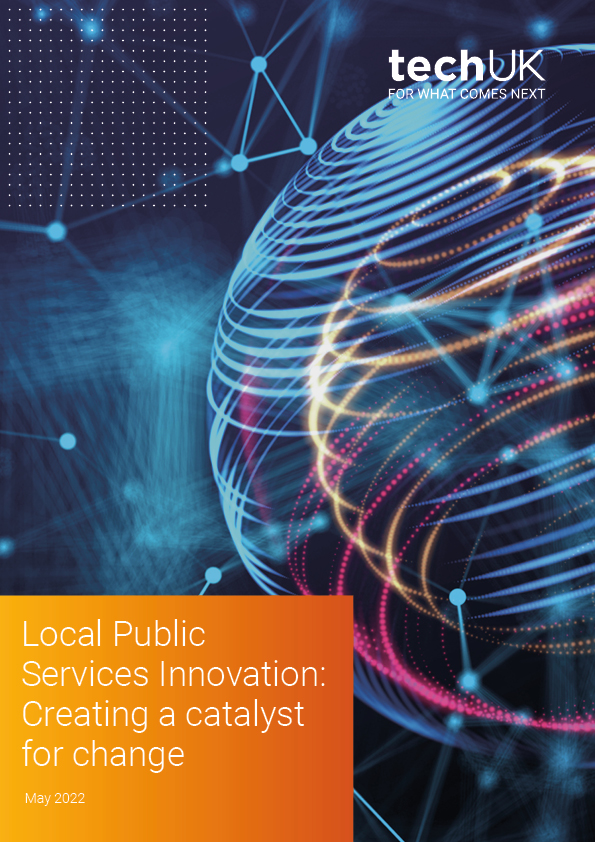Guest blog: Future gazing, the future of local public services and using big data to predict demand
As the web has evolved over the past 25 years, we've moved through its iterations from 1.0 to 4.0 at an increasing pace. For example, the read-only version of 1.0, which spanned from the early 1990s to the early 2000s to Web 2.0, enabled users to contribute with blogs, provided publishing tools, eCommerce and social media platforms within just a few years.
Web 3.0, which emerged around 2006, was known as the semantic web, with websites and content essentially seen as one giant database, with search engines able to make sense of content by classifying it and making it easy to find. Around the same time, an explosion in internet usage took place with smartphones, allowing anyone to connect. This increased take-up also saw users demanding access to everything at a time of their choosing, and on any device.
With this explosion in usage came the ability for organisations to look at patterns of behaviour by using big data and data science to predict, and model future demand. Commercial organisations have been taking advantage of this for several years, notably Amazon with its 'recommended items' feature based on other shoppers' behaviour when buying the same goods, platforms such as Spotify that recommend new music or podcasts based on your playlists, and targetted adverts on social media platforms which use cookies to track general web usage.
It's fair to say the public sector lags behind the adoption of using data science to predict or even mitigate demand for services. The phrase data-rich and information poor (DRIP) was first used in the 1983 best-selling business book, In Search of Excellence, to describe organisations rich in data but lacking the processes to produce meaningful information. In contrast, now we live in a world where the Internet of Things is growing exponentially, with large amounts of data being collected daily by intelligent devices and online usage.
A prime example of this, is many local authorities have the means to prevent vulnerable citizens from needing primary care, with for example, grants and services available to prevent falls at home; however, it is often the case that they are not even aware of the vulnerability of individual citizens until they are discharged from the NHS primary healthcare system. By joining data between public sector bodies such as local authorities and the NHS, it's undoubtedly possible to predict such issues.
As we're now moving into the age of web 4.0 (the personalised web), we have the capability to provide hyper-personalised experiences tailored to an individual, and the data to analyse patterns and behaviour changes. We believe the public sector should invest in such technologies and practices that predict demand for services or issues before they happen.
With the increasing pace of technology and Artificial Intelligence, Web 5.0 is already labelled as the emotional web and isn't too far away. The passive assistants currently in our homes, such as Siri and Alexa, our smartwatches and smartphones tracking our health, detecting if we fall, will soon be able to predict health issues and complete complex transactions on our behalf.
Therefore, it's now more important than even that the public sector embraces these technologies.
Matt Culpin, Product Director at IEG4, [email protected]
Local Public Services Innovation: Creating a catalyst for change
techUK, in collaboration with its Local Public Services Committee, has published a new report making the case for enhanced digital innovation adoption across the UK’s local public services to improve citizens’ lives. The report, ‘Local Public Services Innovation: Creating a catalyst for change’








